As the risk of wildfire increases in California, homeowners are trying to protect their possessions with the state’s fire insurer of last resort, FAIR PLAN. As more and more homeowners try to renew their plans, the response times from the company are becoming increasingly worrisome.
Many are waiting to hear if their policies will be renewed on time, according to Newsweek. But what happens if they don’t hear anything back from the fire insurer?
Californians Scramble to Find Fire Insurance
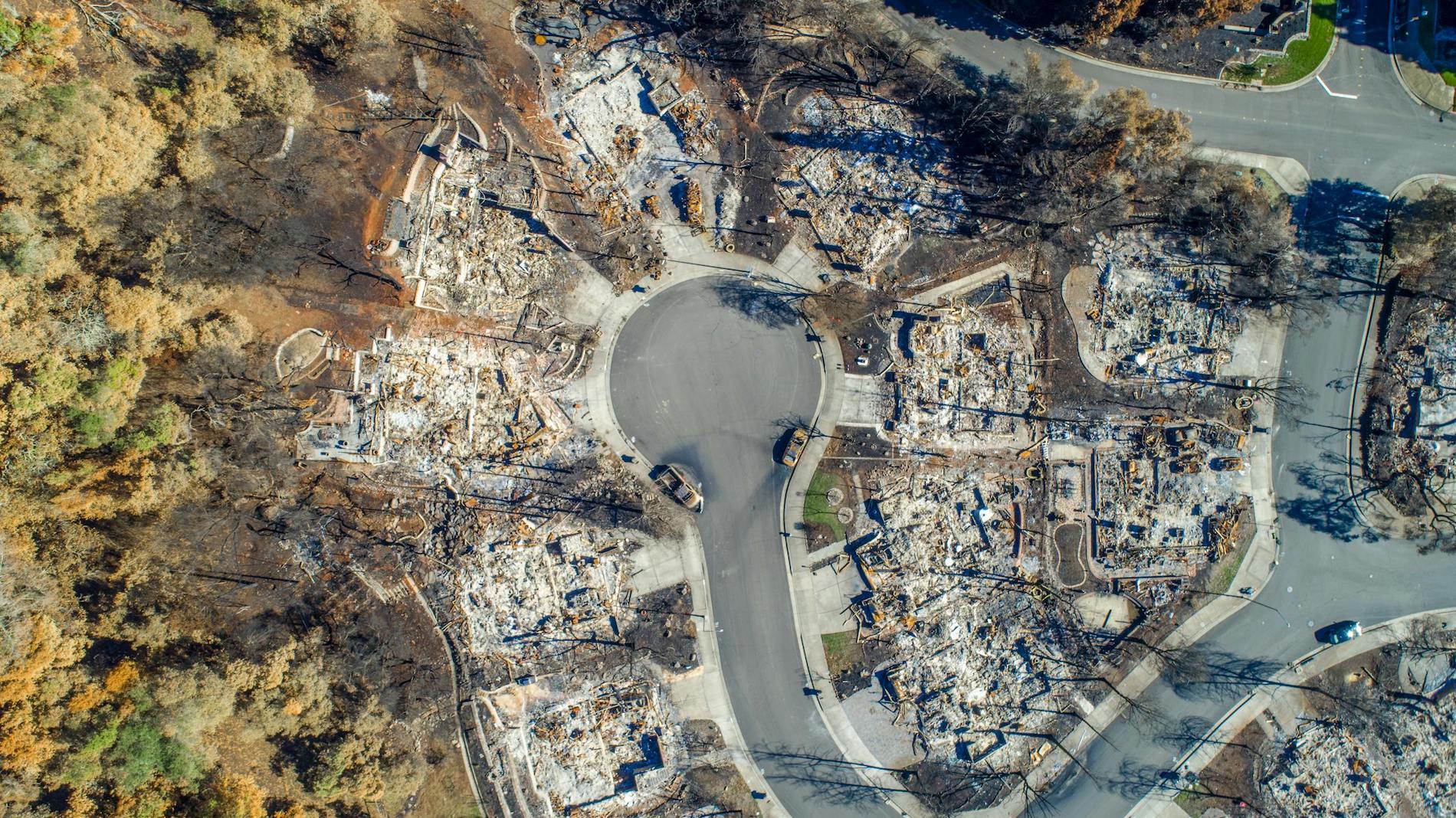
Wildfires have become an increasingly regular issue in California. Warmer temperatures, drier conditions, changes in rainfall patterns, and increasing wind speeds are some of the contributors to the risks California homeowners face.
As the peak fire season approaches, homeowners are wringing their hands as they try to figure out how to protect their homes.
Companies Are No Longer Offering New Policies

Unfortunately, finding a new policy in the state to protect homes against raging fires is a lot harder than it used to be. Several private insurers have stopped offering new policies in the state, according to Newsweek.
With fewer options to shop around for fire insurance, Californians are clogging up the remaining fire insurers.
Why Are Wildfires Common in California?
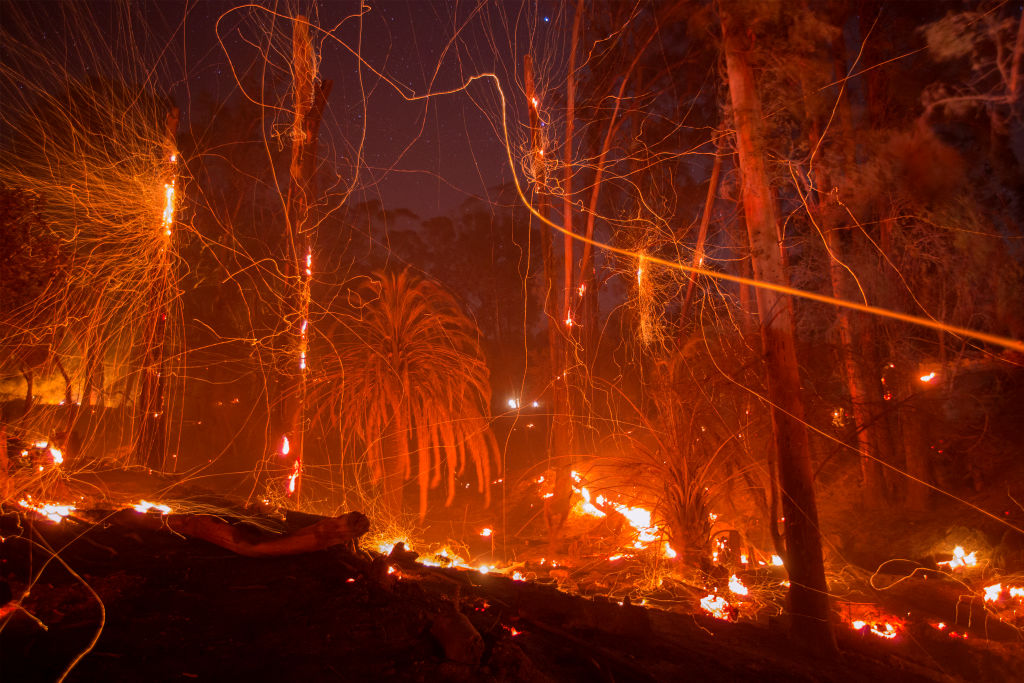
There are several reasons there are fewer options for fire insurance in California. Wildfires have caused billions of dollars in insured losses in recent years, and insurers are feeling the impact on their profitability.
Proposition 103 in California also restricts how much insurance companies can raise rates to make up for the loss in profits that the companies face during the wildfire season.
What Is the FAIR Plan?

With not many options available, most homeowners are looking at the state’s FAIR Plan to protect them from the wildfires. The FAIR Plan is a form of insurance that was created in 1969 after the brush fires of the 1960s.
It is not a state agency, but it is backed by all property insurers licensed in California.
The California Department of Insurance Can’t Handle the Demand

However, the amount of people turning to the FAIR Plan is overwhelming the California Department of Insurance. After a software update in late October 2023, a surge in demand in recent months has plagued the website with agonizing delays (via the San Francisco Chronicle).
This has become a headache for everyone, including homeowners who have not received the renewal paperwork they would typically receive in January.
FAIR Plan’s Modernization Has Caused Delays

The “quotations for some applications were delayed due to the high volume of applications combined with our recent system modernization,” a FAIR Plan spokesperson told the newspaper.
President of Sadler & Company Insurance Brokers Jay Zemansky told the San Francisco Chronicle that the delays were causing homeowners to remain uninsured, creating more uncertainty and fear as fire season approaches.
What Options Do Californians Have?
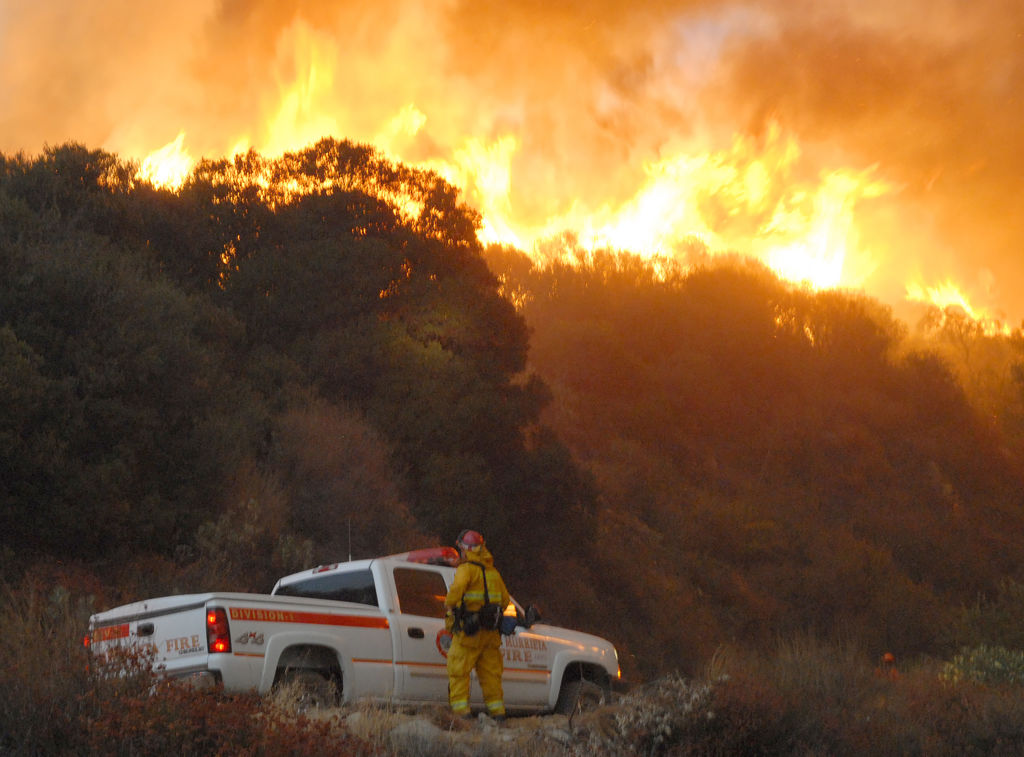
There is not much Californians can do at this time. With many fire insurers not offering new plans as a result of the billions of insurance losses in recent years, the FAIR Plan is the only option.
This wasn’t the FAIR Plan’s original mission, and it now prompts the question: What are Californians expected to do?
The FAIR Plan Was Never Supposed to Be the Go-To Insurance
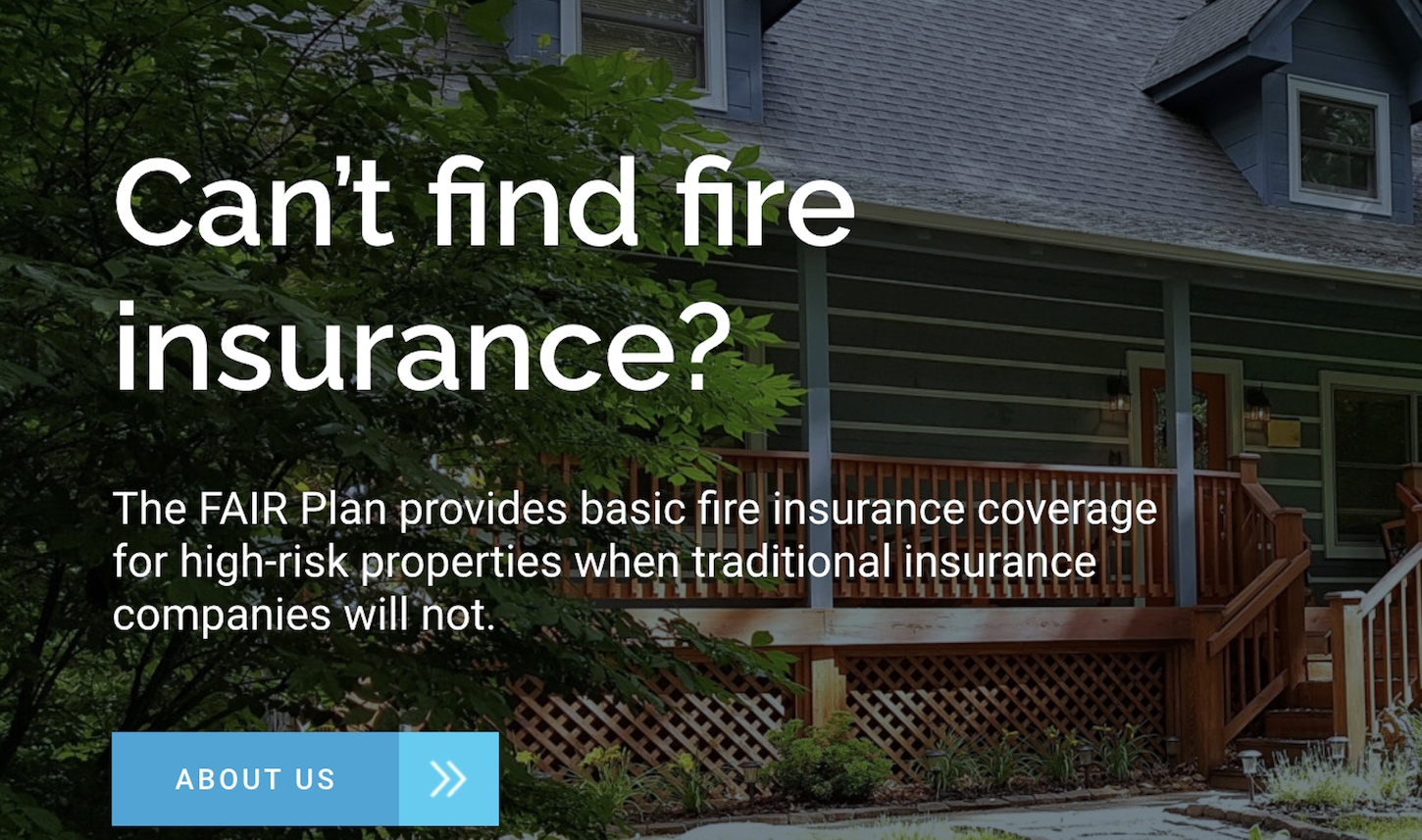
The California FAIR Plan is a “temporary safety net” for Californians struggling to find coverage for the season. Designed as a supplement, not a replacement, it doesn’t give homeowners much incentive to keep using it.
With high rates and additional plans that are necessary to purchase to cover liability, theft, and water damage, homeowners are looking for alternatives within the traditional market.
The Problems Plaguing Californians

After being limited by no new policies in the foothills east of Sacramento, Steve Tolle and his wife told Newsweek that their only option was the FAIR Plan.
Tolle, who has been living and insured in his current home since 2015, was originally covered by State Farm. After six years, State Farm said they would no longer be covering his location.
The Battle to Find Coverage
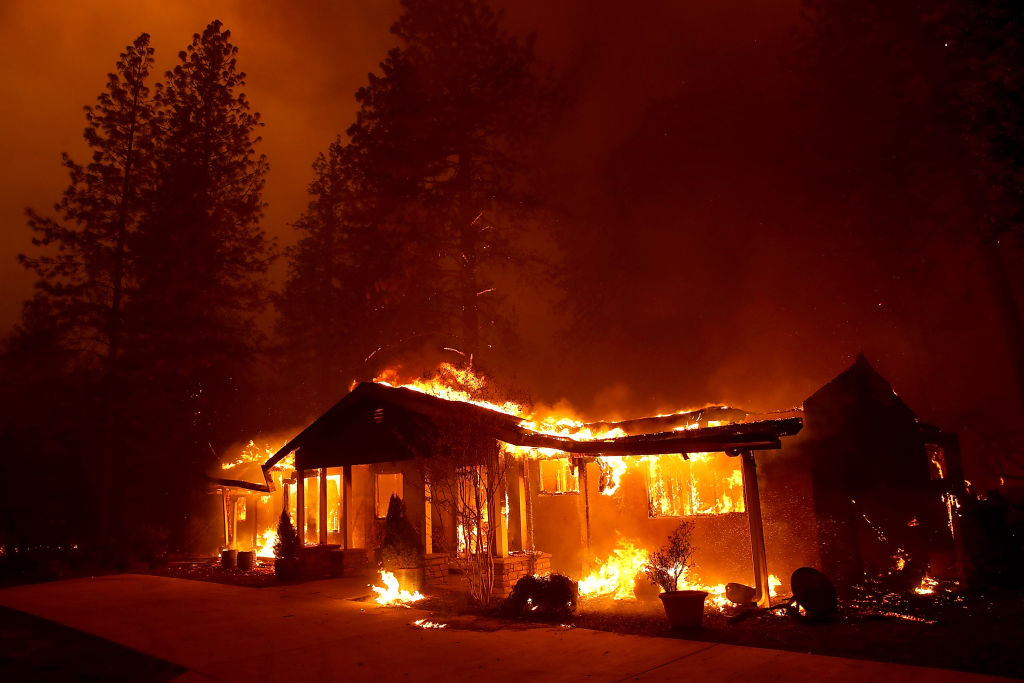
Following Lloyds of London’s temporary coverage, Merced Insurance stepped in to insure Tolle. However, that insurer went under after the CampFire in 2018, which turned the Northern Californian skies orange.
Left “scrambling” to find a new policy, Tolle went back to Lloyds. Four months later, Lloyds informed him that they would not be renewing his policy once it expired.
The Policy Prices Keep Rising

“The only option after that was the Fair Plan, the State’s insurer of last resort for fire, plus a wrap-around policy from Travelers,” Tolle told Newsweek. “I believe the combined policies ran around $3,400 (2020). Since then, $3,800 (2021), $4,200 (2022), $4,500 (2023), and $5,600 (2024).”
While Tolle and his wife can afford these increases, the price gouging and limited insurers are making it impossible for homeowners to protect themselves against California’s climate crises.
Insurance Companies Are Pulling Back On Flooding Polices
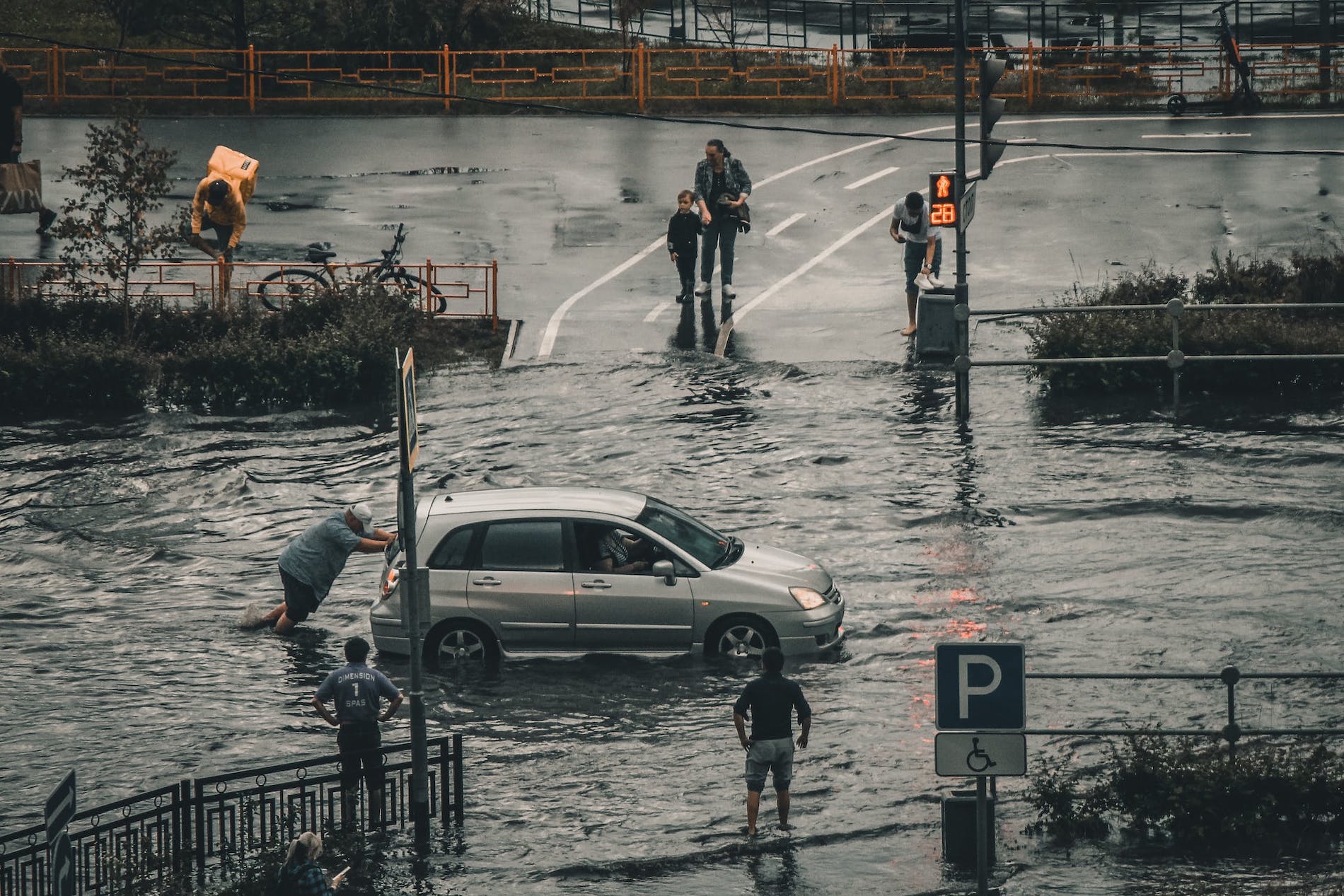
The limited insurance polices for homeowners doesn’t just apply to those in fire-prone areas. Some insurance companies are pulling back coverage for flood-prone areas.
State Farm and Allstate have stopped accepting new application for polices on property in California, with Allstate stating in Novemeber 2022 that it would “pause new homeowners, condo and commercial insurance policies in California to protect current customers.”
Insurers Know the Risk Is Bad for Business
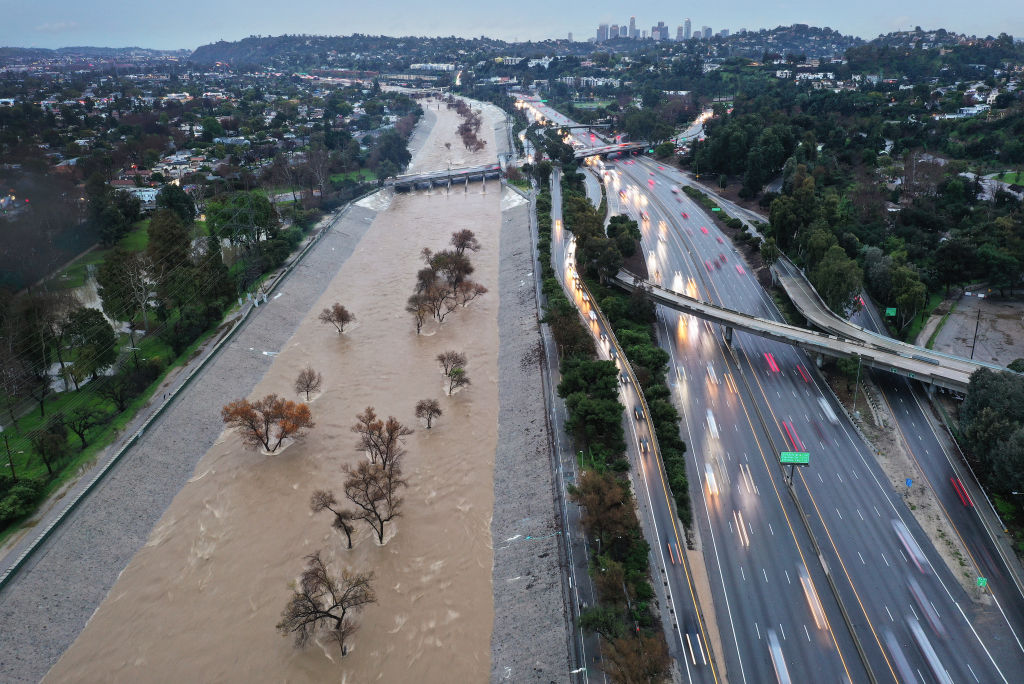
“They know the risk is just too high to be actuarially sound for their business,” Jeremy Porter, the head of climate implicaitons research at First Street Foudnation, tells CBNC. First Street Foundation is a nonprofit research organization that compiles comprehensive climate risk data.
When State Farm announced it would be limiting plans across California for fire and flooding protecting, it said it could no longer protect its investments due to the many buildings were being destroyed by climate catastrophes and inflation making it too expensive to rebuild.
The Spike of Flood Risks in California

Weather-related catastrophes were common in California even before the recent spike in climate change crises starting to increase the risk of fires and floods. With fire and flood insurers leaving the state, homeowners are not buying any of the other options available.
Even after the $4.6 billion in damages from California’s atmospheric rivers from 2022-2023, only 3,000 Californians enrolled in the National Flood Insurance Program, according to Politico.
California Does Not Include Flood Insurance in Home Insurance

Flood insurance in California is not required to be included in homeowners insurance. This means homeowners must purchase a separate home insurance to protect them from flooding. These policies can be expensive, especially as risks and inflation increase.
On top of that, an out of date FEMA map only requires 23 percent of California properties to have flood insurance due to the high flood risks.
California Is the Home of Fires and Floods
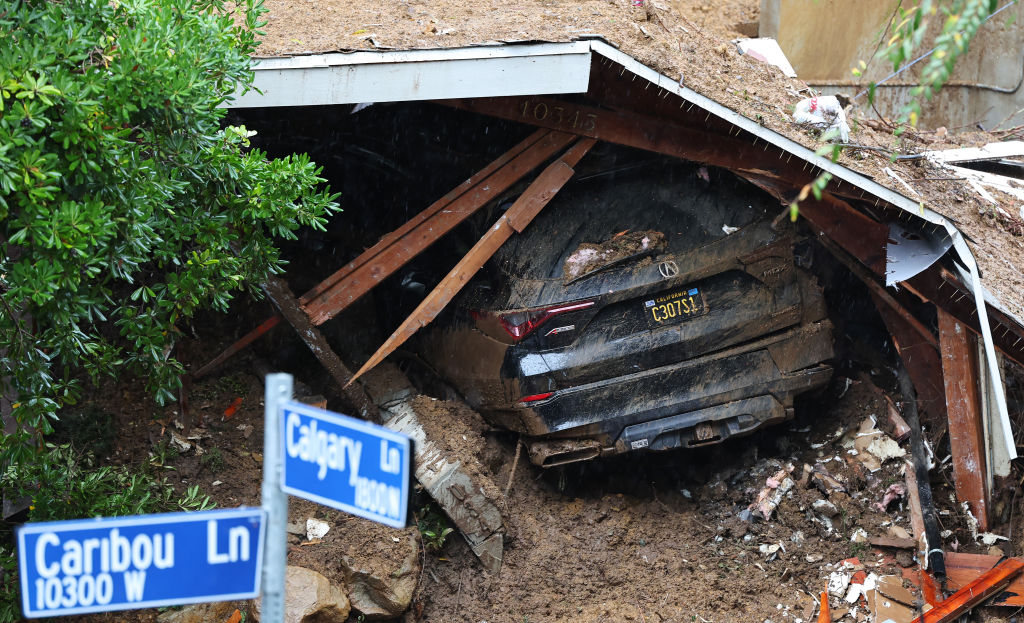
“I think the biggest problem for flood insurance in California has been the 20 previous years where the only problem we talked about was drought,” said Rob Moore, director of flooding solutions at the Natural Resources Defense Council, to Politico.
He continues, saying, “Then the next problem we talked about over the last five years was fire. It’s only been the last year that floods came back into people’s consciousness.”
Recent Storms Show Why Flood Insurance Is Needed
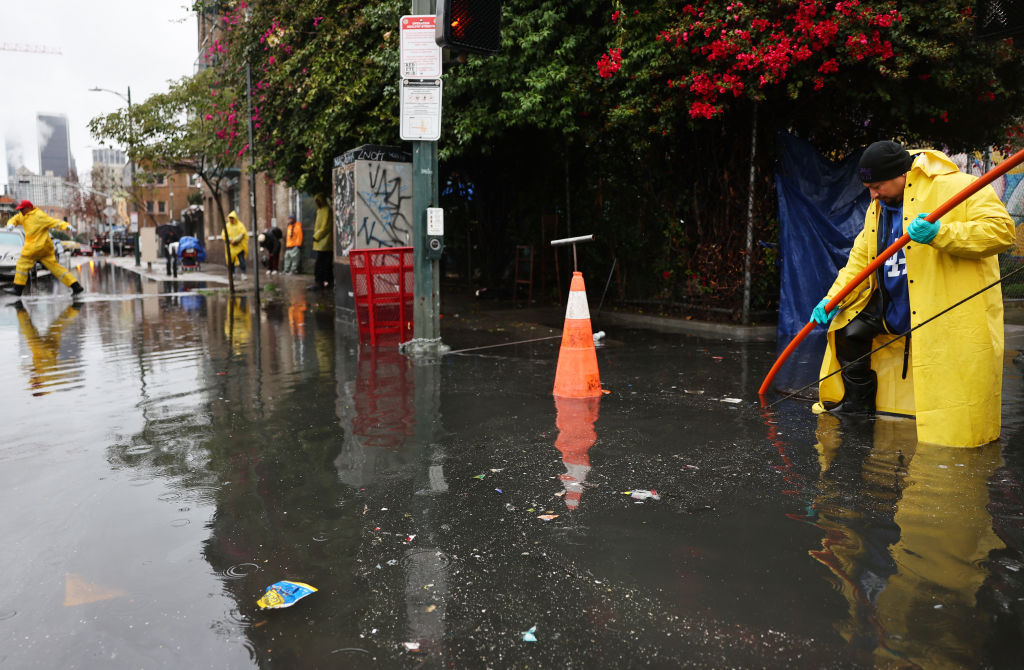
On Monday, a storm hit Southern California, bringing record levels of rain in the area, and left 710,000 people without power for the evening, according to the Associated Press.
The vast majority of homes and businesses in the eight Southern California counties hit by floods lack flood insurance, with only 52,820 covered, according to the National Flood Insurance Program (via Newsweek). This means that only one percent of the 7.7 million households and business were protected during the floods.
Why Are Insurance Companies Leaving California?
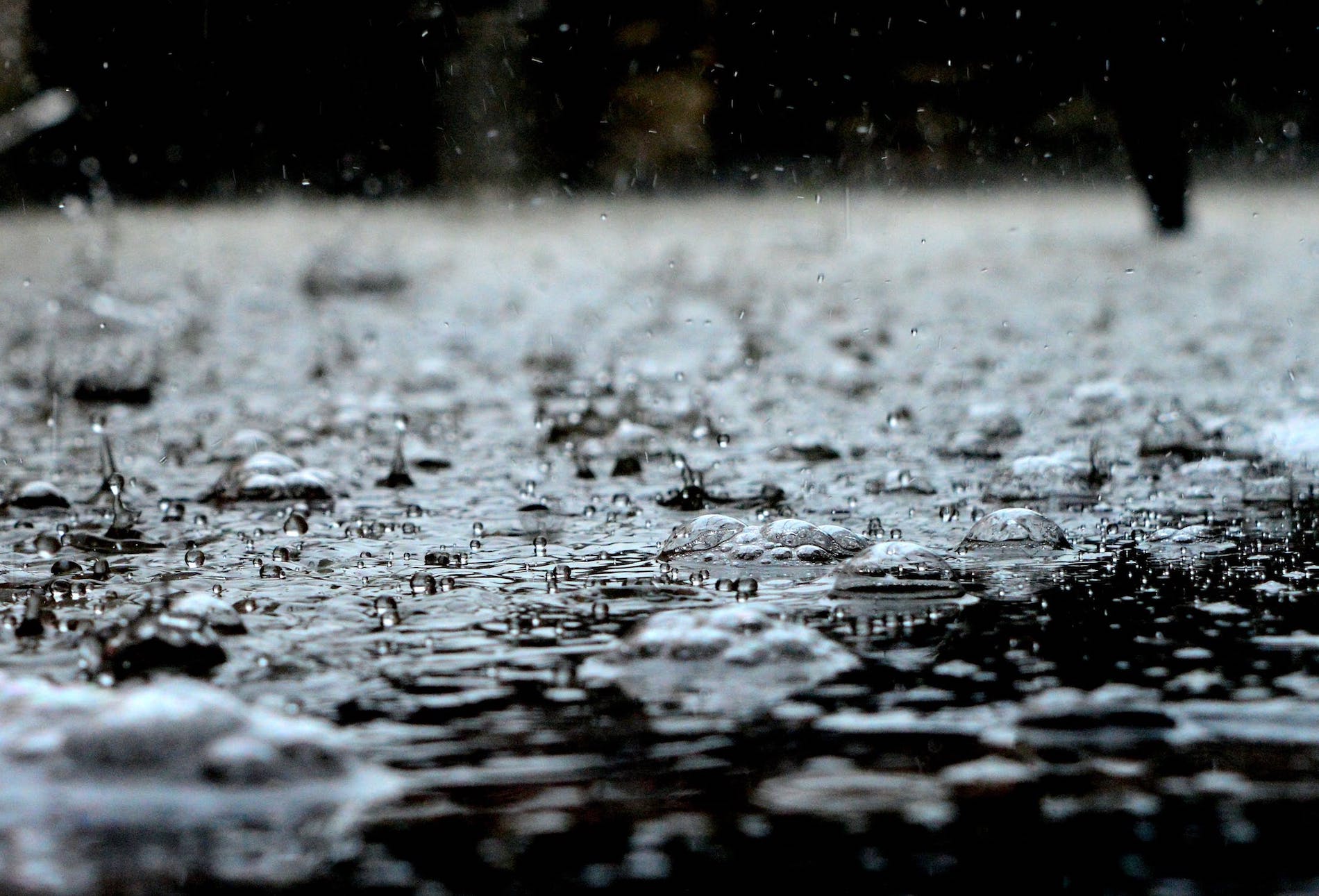
According to CNBC, the insurance landscape in California is tricky thanks to Proposition 103. The law, which has been effect since 1980, adds extra approval measure to insurance companies that want to raise rates by more than seven percent.
While the law is meant to help Californians, Kevelighan, of the Insurance Information Institute, says the law “creates a regulatory environment in California that restricts the industry from adequately including climate risk in its forecasting and is one of the reasons the industry is being forced to pull back coverage in the state,” (via CNBC).
Most Residents Won’t Get the Flood Insurance

Because standard homeowners’ policies in California does not cover losses due to flood damage, Californians are left with three choices: pay the extremely high cost to protect against the winter floods, stay unprotected and risk paying out of pocket, or move states.
Most residents are willing to remain uninsured when it comes to flooding since the state is more prone to fire.
Risk Management Comes Too Late
“Risk management does not come into play until it’s entirely too late when it comes to individual personal property purchasing,” Kevelighan says to CNBC. “It comes into play when the mortgage provider needs you to go get it.”
Kevelighan continues, saying: “And that’s the first time when a consumer even begins to think about where they’re living and what the risks might be,” he said. “The cost reflects that risk. That should be an alarm to tell them that they’re living in a risky place and then ask themselves: How could I reduce that risk? Or do I need to think about living somewhere else?”
California’s Insurance Exodus Isn’t an Isolated Problem in the U.S.
California isn’t the only state to be experience a mass exodus of insurance companies. The Florida homeowners insurance market is on the brink of collapse due to the high risks in recent years.
However, Florida’s home insurance crisis has on the rise for years due to the dangers of weather-related damage that has been caused by several factors.
The Frequency of Hurricanes Is Hurting Florida
Florida’s insurance industry has been struggling do to the constant dangers of frequent hurricanes, causing the cost of claims to rise. For perspective, four hurricanes (three of them being category 4 or 5) have ripped through the Sunshine State since 2017.
The frequency of hurricanes do not give insurers a chance to recover financially from the cost of covering claims. Adding to the hardships face by homeowners, the cost of property value has spiked, and insurance companies have gone up by 300 percent, according to the Insurance Information Institute (via Yahoo!).
Flordia and California Are Experiencing the Same Problem

Similar to Californians, the exodus of insurers from Florida has left homeowners in the state turning to a state-run insurance provider, Citizen’s Property Insurance Corporation.
Because the state doesn’t charge income taxes, the large number of those insured by the state’s backup insurance plan could bankrupt that state if another massive hurricane comes ripping through.
